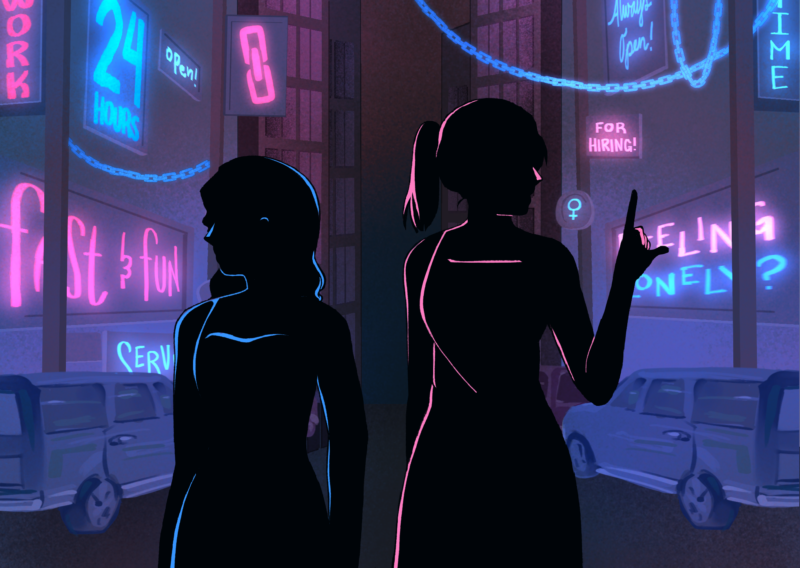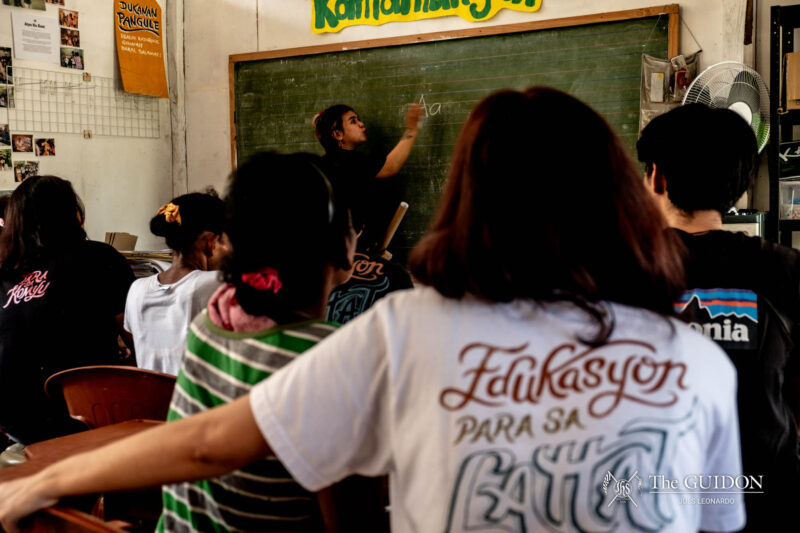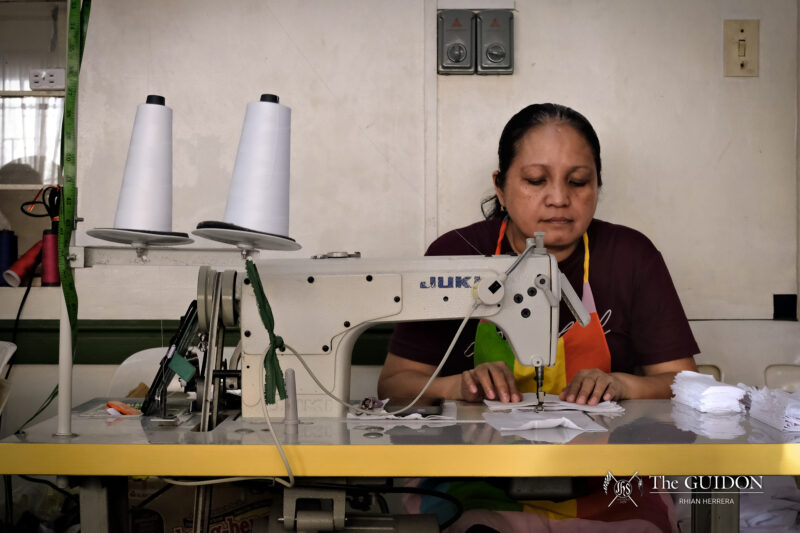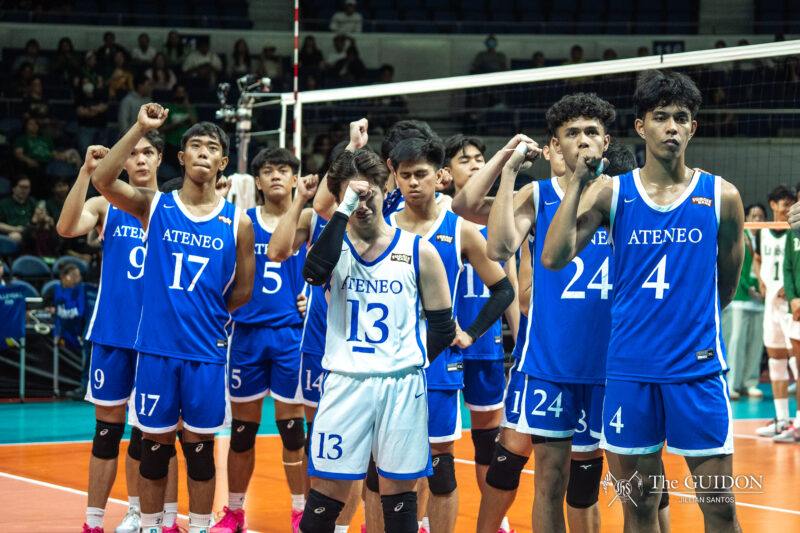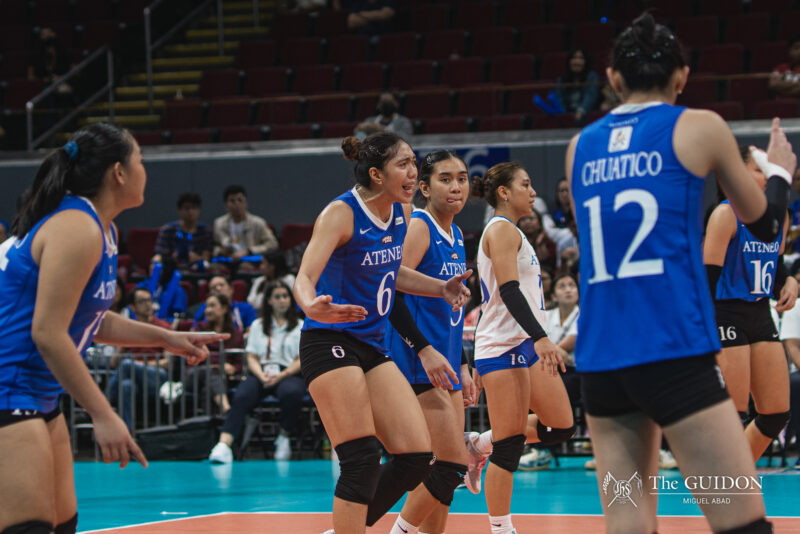The blinding lights of the Casino Filipino Amphitheater illuminate more than 3,000 members of an eager audience. Two fighters stand at the ends of two tunnels, waiting for their names to be called.
Entering the ring is a six-foot tall fighter of Sari-An, a Filipino martial art. It will be his first time to exchange hits and punches in front of a big audience. The bell rings, and the battle begins. A round of intense grappling and punching later, the fighter’s opponent throws a nasty punch to his nose.
The sight of blood turns on a switch in his head, and Josemaria Roberto “Robbie” Reyes, professional mixed martial arts fighter by day and Theology Assistant Instructor by night, begins heaving deep breaths, similar to when Bruce Banner turns green.
Playtime’s over.
From training to the ring
Like most kids enamored with the disciplined art of kicking and punching, Robbie says his love affair with mixed martial arts (MMA) began when he saw his first Jackie Chan movie. “I was 12 years old,” he says. “I’d train with my brother then I’d do karate here in the Ateneo.”
Soon, he widened his training to different martial arts: karate, judo, kickboxing, and jiu-jitsu, to name a few. MMA requires integrating different martial arts into one fighting system. “Boxing, muay thai, Greco-Roman wrestling, and Brazilian jiu-jitsu are staples for many fighters,” Robbie says.
While he describes MMA training as “pure hell,” Robbie says it is safer than the most common contact sport: boxing. “Physical damage-wise, boxing is done for 8 to 12 rounds of pummeling at each other’s brains,” he says. “In MMA, a brawl can end in less than a few minutes.”
However, practice in the gym is bloodier than the action in the ring. “Everyone gets violent during practices because it’s [like] a prerequisite,” says Robbie’s teammate Richmond Sia. “If your teammates don’t do it to you, your opponent will.”
Bibles and boxing gloves
Beyond the ring, Robbie finds that his drive for martial arts also translates to his passion for theology. When the gloves are taken off, he is the gentle theology teacher his students fondly call ‘Sir Robbie.’
Junior Dino Santos, Robbie’s student, says he was truly surprised when he found out that his professor is also an MMA fighter. “He did look the part, because ang laki niyang tao ‘di ba (he’s a big guy, right)?” says Dino.
“You’d expect theology professors to be priests or fathers, the soft-spoken types. Then there’s this guy who claims to beat up people [in the ring] and is a theology professor, too,” he adds.
Theology Assistant Professor Ruben Mendoza is also fascinated with Robbie’s involvement in martial arts. “Isn’t that cool?” he says. “While most of our faculty members have interests other than theology, it is the first time that one of us is involved in a contact sport.”
Robbie’s career in theology seemed inevitable, having been raised by a conservative and religious family. Yet how can someone who teaches theology agree to beating up people during matches?
Robbie’s response is simple. “We enter the ring knowing the risks. I see MMA the same way I see football—it’s a sport,” he says. “What would be immoral is if the organizers treat us like pieces of meat—you’re disposable. But it’s not like that.”
While a switch turns on in Robbie’s head during matches, it turns off the moment he steps out of the arena. “We keep the rage inside the ring,” he says. “MMA fighters are gentle, peaceful people. My teammates are very humble and laidback—they’re jokers. They like to fool around, but they don’t pick fights.”
Serving Him both ways
Now on his third semester as a theology assistant instructor and with one official fight under his name from six years ago, Robbie says professional fighting benefits him as a teacher. He maintains good discipline in his classes. “But sometimes, the fear is over-exaggerated, especially in the oral exams,” he says.
Sia commends Robbie for being a great sparring mate. “He tries his best to make you better at what you do. He trains with us even if he doesn’t have a fight,” he says. “It’s not every day that someone will volunteer to be your punching bag. In this sense, Robbie is a true martial artist.”
Sia adds that MMA needs more than just a mastery of sparring techniques; humility is also essential to an MMA fighter. “Robbie [is] able to leave his ego at the door,” he says. “A real fighter understands that whatever he or she is doing is just a sport.”
Though the sport involves a lot of bruised limbs and busted lips, Sia says the sport brings more than health benefits. It produces a bond between teammates even after rounds of punches and heated sparring.
He says, “We beat each other up, we yell at each other, but at the end of the day, we get up, dust each other off, and shake hands.”
A glorious victory
Inside the ring, the pressure to win is overwhelming, even for trained fighters like Robbie. “You learn these techniques in the gym, [but] when you get to the ring, it’s 95% psychological,” he says. “The fact that I was wearing spandex shorts in front of 3,000 people didn’t matter.”
Robbie fears facing his teammates more than his opponents, considering his team’s huge following. “If I went back with a loss, I had to face these guys [whose team name] I brought into the ring.”
Two rounds after the first blood is drawn in the Casino Filipino Amphitheater, Robbie’s opponent finds himself pinned to the ground. As the referee struggles to proclaim a stoppage to end the fight, both fans and teammates flock towards the ring, cheering.
In the brief moment after he is proclaimed victor, Robbie goes down on both knees, raises his arms towards the darkness of the sky, and thanks God for the win.
Let’s get it on
While MMA is a unique fighting style derived from a combination of different martial arts, there are basic fighting stances that stand out from the rest.
Striker
Aggressive (Muay Thai/Kickboxing)
With a closer foot placement for more torque and power in delivering strikes, the fighter avoids taking the fight to the ground. But since the legs are bent down just a little, it becomes most prone to takedowns.
Striker
Karate
Popularized by Lyoto Machida, a Japanese-Brazilian MMA fighter, the stance involves lower hand placement for more powerful strikes and wider foot placement for more agility. While it takes a lot of energy, this stance allows the fighter to take very minimal damage.
Striker/grappler
Defensive/Neutral
Keeping the legs bent more gives the fighter a lower center of gravity compared to aggressive striker stance. With hands held low for takedown defense and the rear leg placed out of the opponent’ range, this prevents a double-leg takedown.
Grappler
Aggressive
The only difference from the grappler neutral stance and this stance is the placement of the lead leg. Right-handed fighters place their right leg in front (the same goes for lefties). With the low hand placement, the stance allows for faster takedowns and a fight to the ground.

